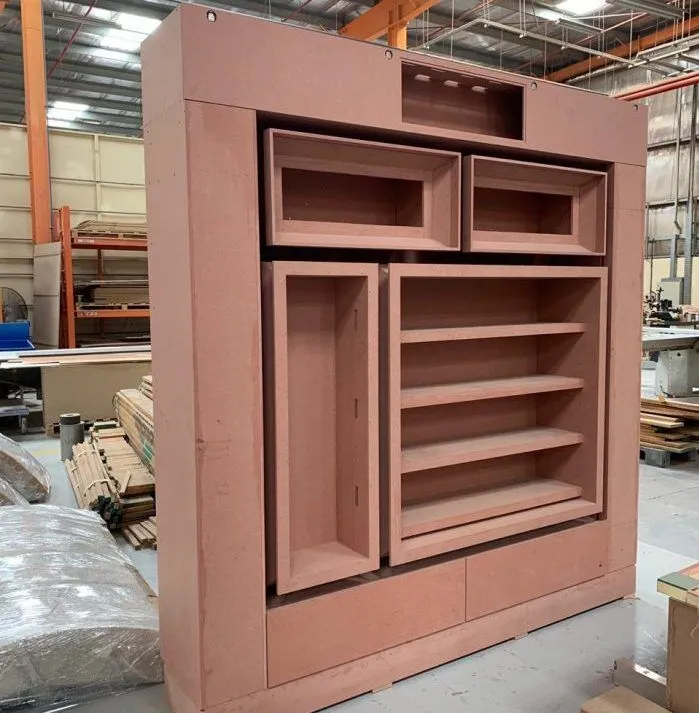
Joinery is an integral aspect of woodworking, involving joining two or more pieces together to create strong, stable structures. From furniture to architectural marvels, mastering joinery ensures the longevity and strength of wooden creations. This information gets into various joinery techniques used by joinery companies in Dubai, elucidating their significance in constructing stronger structures.
Understanding joinery techniques:
Joinery involves the art of connecting wooden pieces effortlessly to form sturdy joints. Different joinery methods are employed based on the specific requirements of the project, ranging from simple butt joints to intricate dovetail joints. The choice of joinery technique significantly influences the structural integrity and aesthetic appeal of the final product.
Key joinery techniques:
Dovetail joints: Dovetail joints are renowned for their exceptional strength and visual appeal. Characterized by interlocking wedge-shaped tails and pins, dovetails provide a secure and durable connection, often used in fine woodworking and cabinetry.
Mortise and tenon joints: Mortise and tenon joints consist of a projecting tenon fitting into a corresponding mortise, forming a strong and reliable connection. Widely utilized in furniture construction and timber framing, this traditional joinery technique offers excellent stability and load-bearing capacity.
Finger joints: Finger joints, also known as box joints, feature interlocking fingers cut into adjoining pieces of wood. This technique is ideal for creating smooth corners in boxes, drawers, and cabinet frames, enhancing structural integrity while maintaining a clean aesthetic.
Dado joints: Dado joints involve cutting a groove or channel into one piece of wood to accommodate another piece, creating a flush and secure connection. Commonly utilized in shelving units, cabinets, and bookcases, dado joints provide stability and support for shelves and panels.
Bridle joints: Bridle joints, also referred to as open mortise and tenon joints, entail cutting a slot and a matching tab into adjoining pieces, allowing them to interlock securely. This versatile joinery technique finds applications in furniture making, door and window frames, and structural carpentry.
Benefits of mastering joinery techniques:
Enhanced structural integrity: Properly executed joinery techniques result in stronger and more durable structures capable of withstanding heavy loads and environmental stresses.
Aesthetic appeal: Well-crafted joints contribute to the aesthetic appeal of wooden creations, showcasing craftsmanship and attention to detail.
Longevity: Structures constructed using quality joinery techniques are built to last, minimizing the risk of joint failure or deterioration over time.


